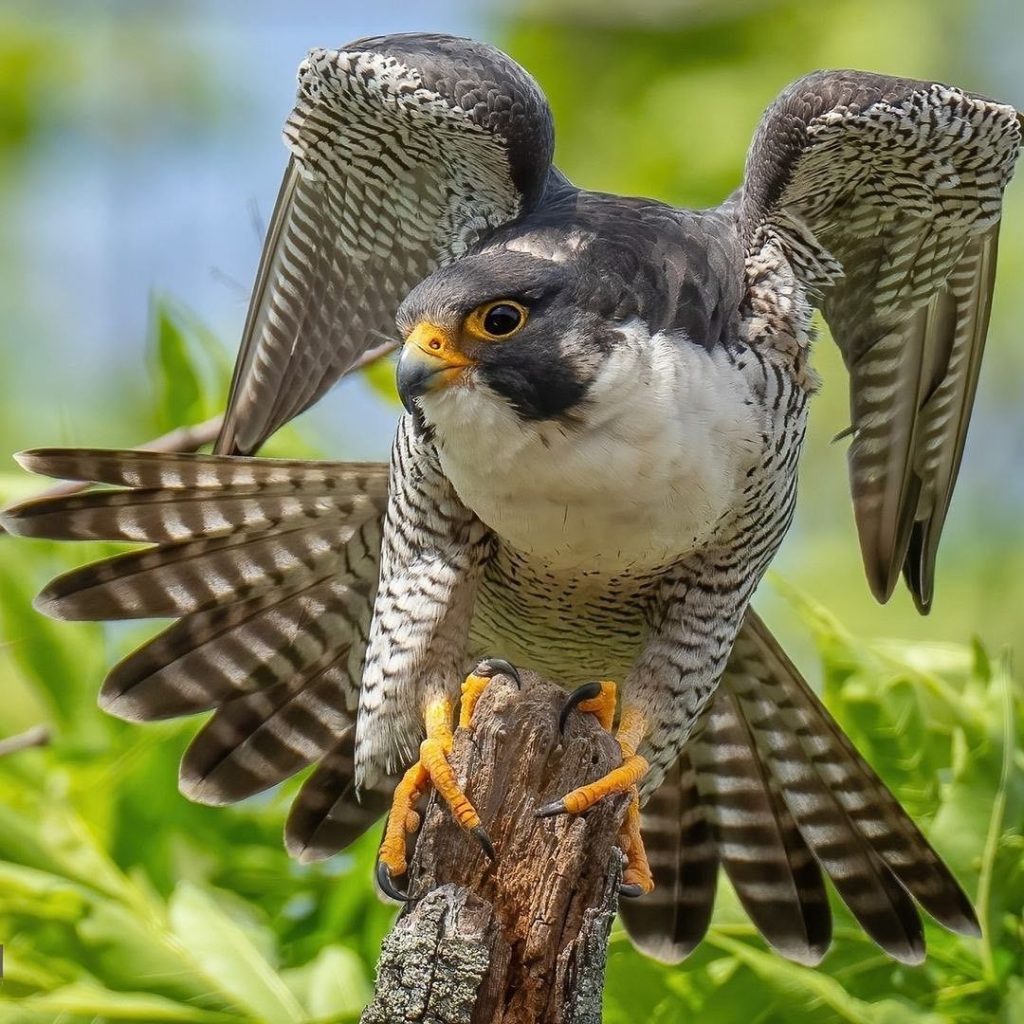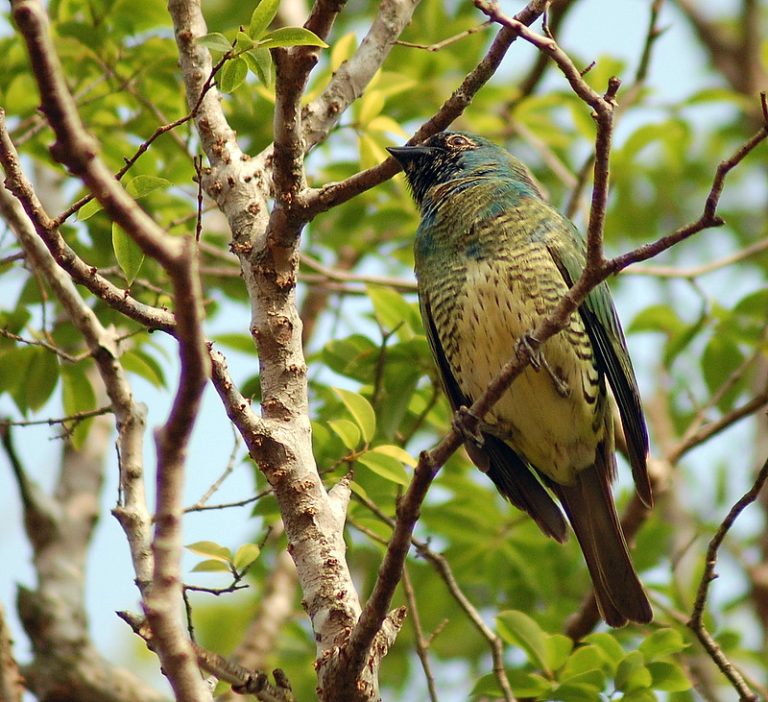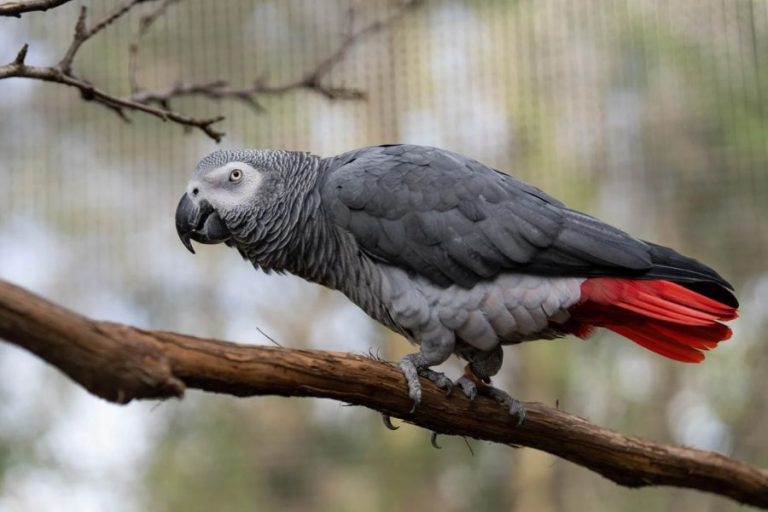The Sky’s Swiftest Hunter: The Peregrine Falcon
At dawn, when the first light gilds the cliffs and towers, a shadow cuts across the sky. Sleek and sharp-winged, it rides the wind with effortless command, its eyes scanning far below. Then, with a sudden tuck of its wings, it plummets earthward—faster, fiercer, more precise than any creature alive. This is the Peregrine Falcon (Falco peregrinus), a master of the skies and the fastest bird in the world.
A Sculpted Predator

The Peregrine Falcon is built for speed and power. Its body, about 40–50 centimeters long with a wingspan of over a meter, is sleek and muscular, shaped like an arrowhead. Its plumage is striking: slate-blue wings, a barred white underside, and a bold black “moustache” stripe across its cheeks. The eyes, large and dark, burn with intensity, locking onto prey with laser precision. Females, as in most raptors, are larger than males, giving them an edge in strength and dominance during breeding.
Speed Beyond Imagination
What makes the Peregrine legendary is its stoop—a high-speed dive in pursuit of prey. From hundreds of meters up, it folds its wings and drops like a missile, reaching speeds over 320 kilometers per hour (200 mph), making it the fastest animal on Earth. With a sharp strike from its talons, it knocks birds such as pigeons, ducks, or shorebirds out of the air, a feat of aerial hunting unrivaled in the natural world. Even in level flight, it is swift, maneuverable, and relentless.
Homes Across the Globe
Few birds are as widely distributed. The Peregrine Falcon inhabits every continent except Antarctica, nesting on cliffs, coasts, and increasingly, city skyscrapers. Wherever there are open skies and abundant birdlife, the peregrine thrives. Its adaptability has allowed it to reclaim urban environments, where tall buildings mimic cliffs and pigeons provide an endless food source.
Courtship in the Heights
Breeding pairs form strong bonds, often for life. In early spring, aerial displays paint the sky with loops and dives as males impress their mates. Nests are little more than scrapes on ledges or cliffs, where females lay 3–4 eggs. Both parents are fierce guardians, defending their young against intruders with fearless aggression. Chicks grow rapidly on a diet of freshly caught prey, soon taking their own first flights into the wide sky.
A Story of Decline and Recovery
In the mid-20th century, peregrines faced a catastrophic decline due to the pesticide DDT, which thinned their eggshells and decimated populations across Europe and North America. Once nearly gone, they became a symbol of modern conservation. Bans on DDT, captive breeding, and reintroduction programs brought them back from the brink. Today, the Peregrine Falcon is listed as Least Concern, a triumph of science, law, and human determination to right ecological wrongs.

A Closing Reflection
To witness a Peregrine Falcon dive is to glimpse the raw essence of wild perfection. It is speed embodied, precision in motion, a predator honed by millions of years of evolution. More than just a hunter, the Peregrine Falcon is a symbol of resilience—a reminder that even in an age of loss, nature’s fiercest wonders can endure and soar again.






